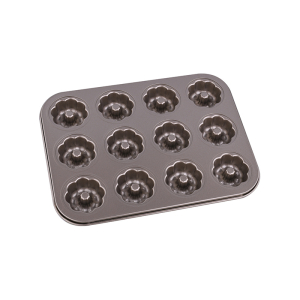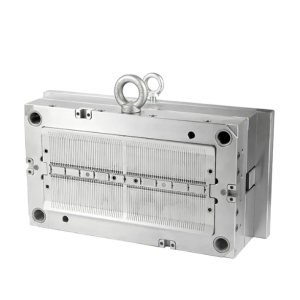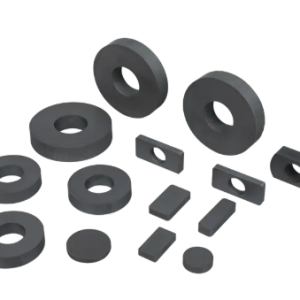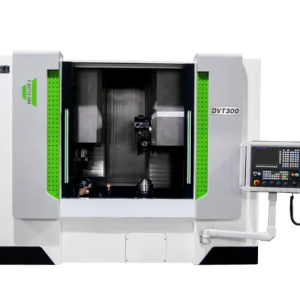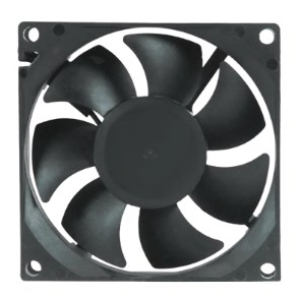In today's highly automated industrial environment, small AC induction motors are favored for their efficiency, reliability, and compact design. These motors are widely used in various devices, ranging from household appliances to precision mechanical systems. This article delves into the design process of small AC induction motors and the key materials and techniques employed during their manufacturing.
Design Process
The design of small AC induction motors is a complex and meticulous task that requires a combination of theoretical knowledge and practical experience. Initially, designers must determine the basic parameters of the motor, such as power output, speed range, voltage rating, and more. This phase often involves extensive calculations and simulations to ensure that the small AC induction motor performs optimally under expected working conditions.
To achieve these goals, designers use computer-aided design (CAD) software to create three-dimensional models. Through CAD tools, they can accurately simulate the interactions between different components within the small AC induction motor and optimize their geometric shapes to reduce energy loss and enhance efficiency. Additionally, the design phase considers the thermal management scheme, as an effective cooling system is crucial for maintaining stability in high-load conditions.
Once the preliminary design is complete, the next step is prototype creation and testing. After the prototype is manufactured, it undergoes a series of rigorous tests to verify its performance against the design specifications. If the test results are unsatisfactory, the design must be revised and retested until the desired outcome is achieved.
Manufacturing Materials
Choosing the right materials is critical when manufacturing small AC induction motors. The core components of a motor include the stator, rotor, and housing. The stator typically consists of laminated iron cores with copper windings wrapped around them; the rotor may feature a cast aluminum or squirrel cage structure. The selection of these materials not only influences the performance of the small AC induction motor but also determines its durability and cost.
The stator core is usually made of silicon steel sheets, which have excellent magnetic properties and help minimize eddy current losses. Copper windings serve as the path for current flow, and choosing high-purity copper helps reduce resistance and improve motor efficiency. For the rotor, a cast aluminum structure is preferred due to its good electrical conductivity and mechanical strength, especially in applications requiring frequent starts and stops.

